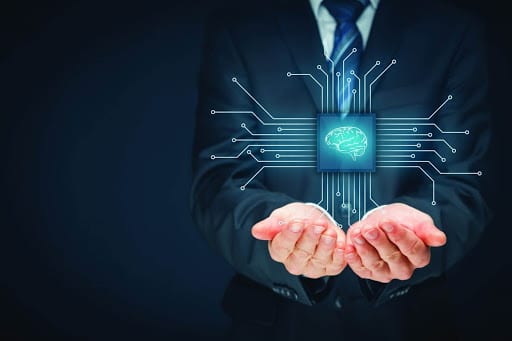The most successful businesses are those that take advantage of new-generation technologies—cases in point: Google, Unilever, Netflix, and Microsoft. For sure, anyone can add more to this list. And among the new-generation technologies are those powered by artificial intelligence (AI). Without a doubt, AI is radically transforming the business world.
In particular, we zoom in on AI-driven design, which has people asking whether it will eventually replace graphic designers. While this is far from the truth, the question is valid. After all, we see applications that can automatically create graphic design, intelligent robots that can sort pebbles to create artwork, and other revolutionary innovations.
In the business world, AI-driven designs are paving the way for a wave of innovation. Companies that ride on this could be well ahead of the curve. With that in mind, here are three ways businesses can use AI-driven designs:
Automate Repetitive Tasks
One of the most prominent uses of AI in any industry is automating daily yet time-consuming tasks. An example of such a job in the design sector is creating product labels and ad banners in different languages. Instead of manually creating each version, the designer can use AI to automate the process. AI can also help designers sort out their emails, manage social media accounts, and other mundane tasks.
A more radical approach to automation was, however, exemplified by Prokop Bartoníček and Benjamin Maus. The two artists created a piece of artwork from pebbles arranged according to their geological age. They used an intelligent robot to sort the rocks and place them correctly in the artwork.
As such, AI helps designers focus their creativity and energy on more important work, such as concept planning. As a result, businesses can get design ideas and proposals that are more well-thought-out and creative.
Improve User Experience
As most companies build their online presence, one of their main concerns should, therefore, be how to improve user experience. The better the user experience is, after all, the higher a website ranks on search engine results. AI’s contribution to web design profoundly impacts user experience.
With the help of AI, designers can provide more personalized and engaging web designs. Chatbots, for one, are making website visitors feel more at home, knowing that they can reach out to the company while on their site at any time. With the help of natural language processing (NLP), these chatbots can communicate with website visitors as another human being would. AI-powered chatbots aren’t just a fad, too. In fact, 67% of customers have used a chatbot for customer support in the past year.
Also, consumers generally don’t care whether a bot or a real person is behind the chat interface as long as they get support. Therefore, integrating AI in web design can ultimately help businesses save on customer service costs. AI also shortens response times dramatically, all the more improving user experience.
Optimize User Interfaces
Several companies have successfully utilized AI’s deep learning algorithms to come up with interactive and unique interfaces (UIs) based on identified user behaviors and needs. And all these were made possible without the intervention of a human designer. In this case, an AI system determines each user’s site activities, requirements, and personal preferences so it can present a UI design based on the data gathered. The result is an interface that is exclusive to each user and is, therefore, more personal.
We see AI-driven UI design in action on various websites. Netflix, for instance, makes recommendations based on a user’s previous choices and the preferences of similar users. LinkedIn, meanwhile, provides more relevant job recommendations and connection suggestions with AI’s help.
More attractive UIs produced by AI-driven design improves user experience. Hence, improving UI would also lead to enhanced user experience.
Conclusion
At its core, AI addresses the need for convenience and efficiency. And in the realm of creative design, it delivers these and more. AI makes it possible for designers to automate labor-intensive and tedious tasks, thereby providing convenience and allowing them to focus on their core responsibilities. End-user experience also gets better with the help of AI as they see more personalized content and recommendations, and get the support they need promptly.
AI is definitely transforming the business world, and companies that adapt and use it can better cope and get ahead of the competition.
artificial intelligence business concept -DepositPhotos


